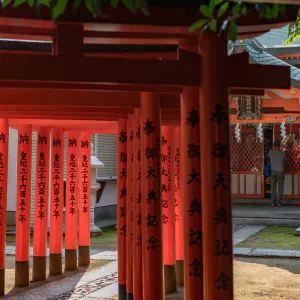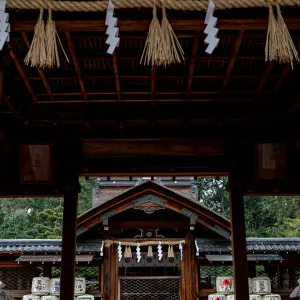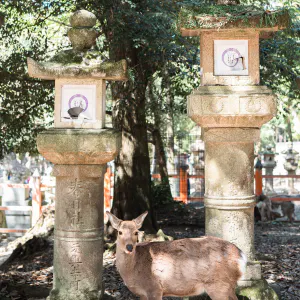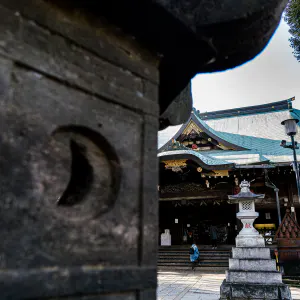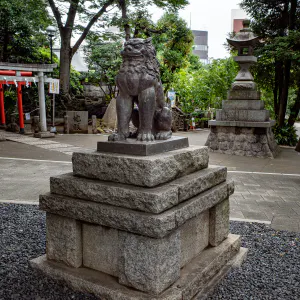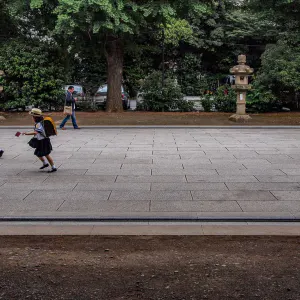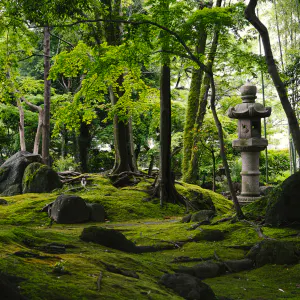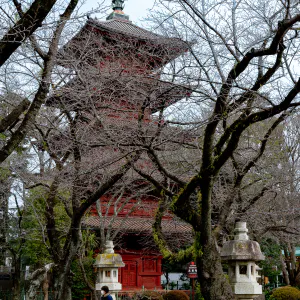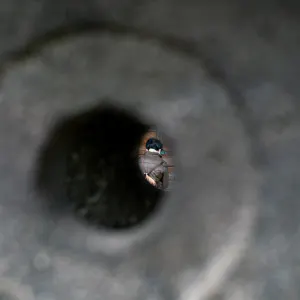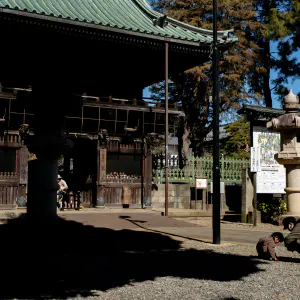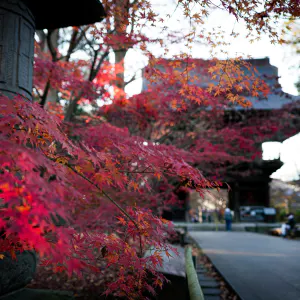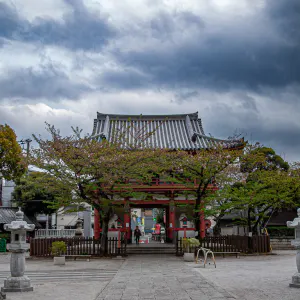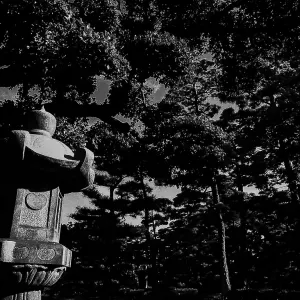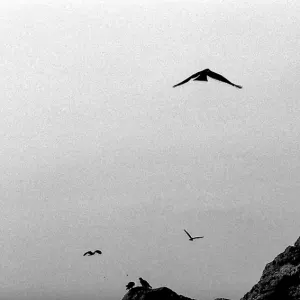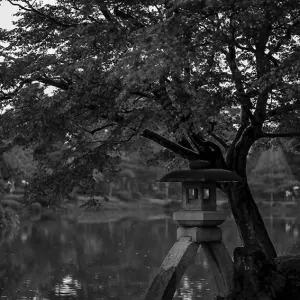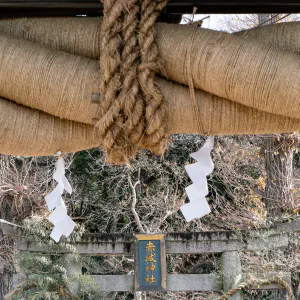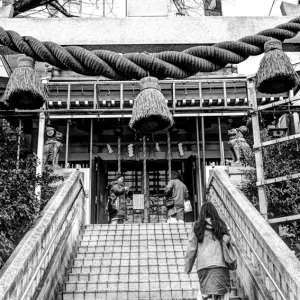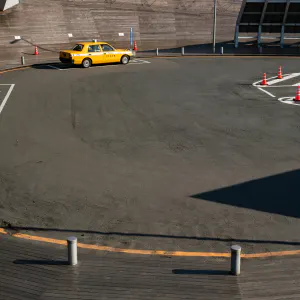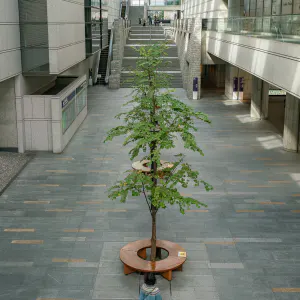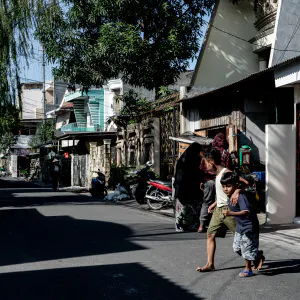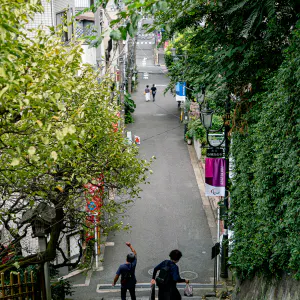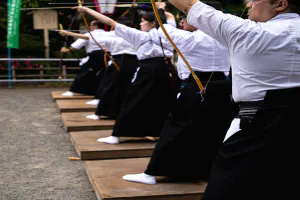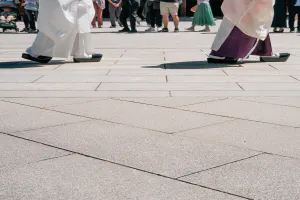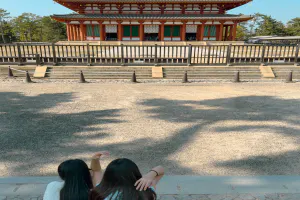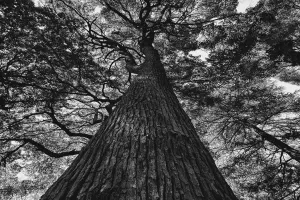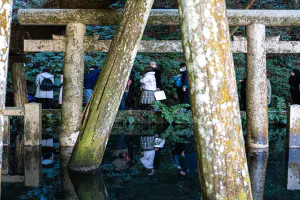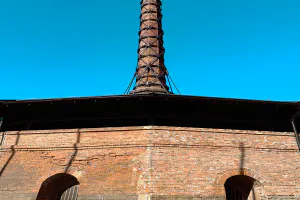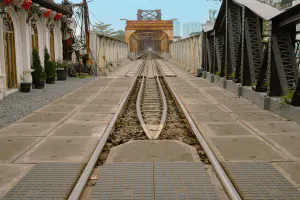The Munakata Shrine in Kyoto Gyoen had a magnificent torii gate
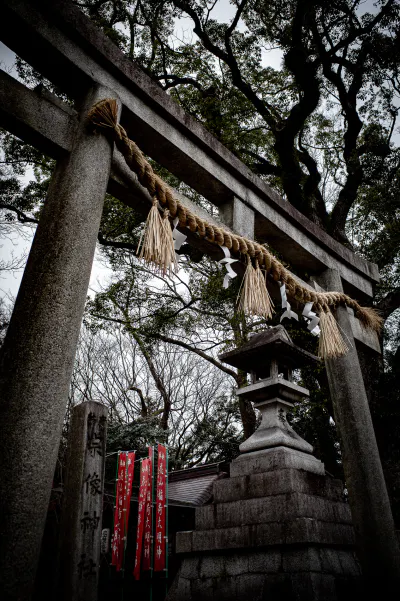
In 1869, when it was decided that the nobility should reside in Tokyo, the imperial family and court nobles who had their residences in what is now the Kyoto Gyoen moved to Tokyo. However, the owners of the mansions may have intended to come back to Kyoto eventually, and some of the Shinto shrines that were built on the grounds of the mansions have been left intact. In the Kyoto Gyoen, there are still shrines that were once mansion shrines for the imperial family and court nobles. The same is true for Itsukushima Shrine, which stood on the grounds of the Kujo family, and Munakata Shrine in this photo.
The Munakata Shrine in Kyoto is said to have originated when Fujiwara no Fuyutsugu was ordered by Emperor Kanmu to invoke Chikuzen Munakata as a deity to protect the imperial residence and enshrine it in the southwest corner of his residence. Later, the site was turned into the residence of the Kasanin family, and Munakata Shrine was the shrine within the Kasanin residence until the Meiji era. Although the mansion itself was demolished when the capital was transferred to Tokyo, Munakata Shrine still stands in the Kyoto Gyoen.
Even though it was a mansion shrine, the construction of Munakata Shrine is more splendid than other ordinary shrines. It was built in 795. It has survived the Onin War and the Kinmon incident (Kinmon gate is about 500 meters north of here) and has been here for over 1000 years.
| Apr 2021 ARCHITECTURE KYOTO | |
| KYOTO CITY SHIMENAWA SHRINE STONE LANTERN TORII |
PHOTO DATA
No
11882
Shooting Date
Feb 2020
Posted On
April 20, 2021
Modified On
August 24, 2023
Place
Kyoto Gyoen, Kyoto
Genre
Architectural Photography
Camera
SONY ALPHA 7R II
Lens
ZEISS BATIS 2/40 CF
